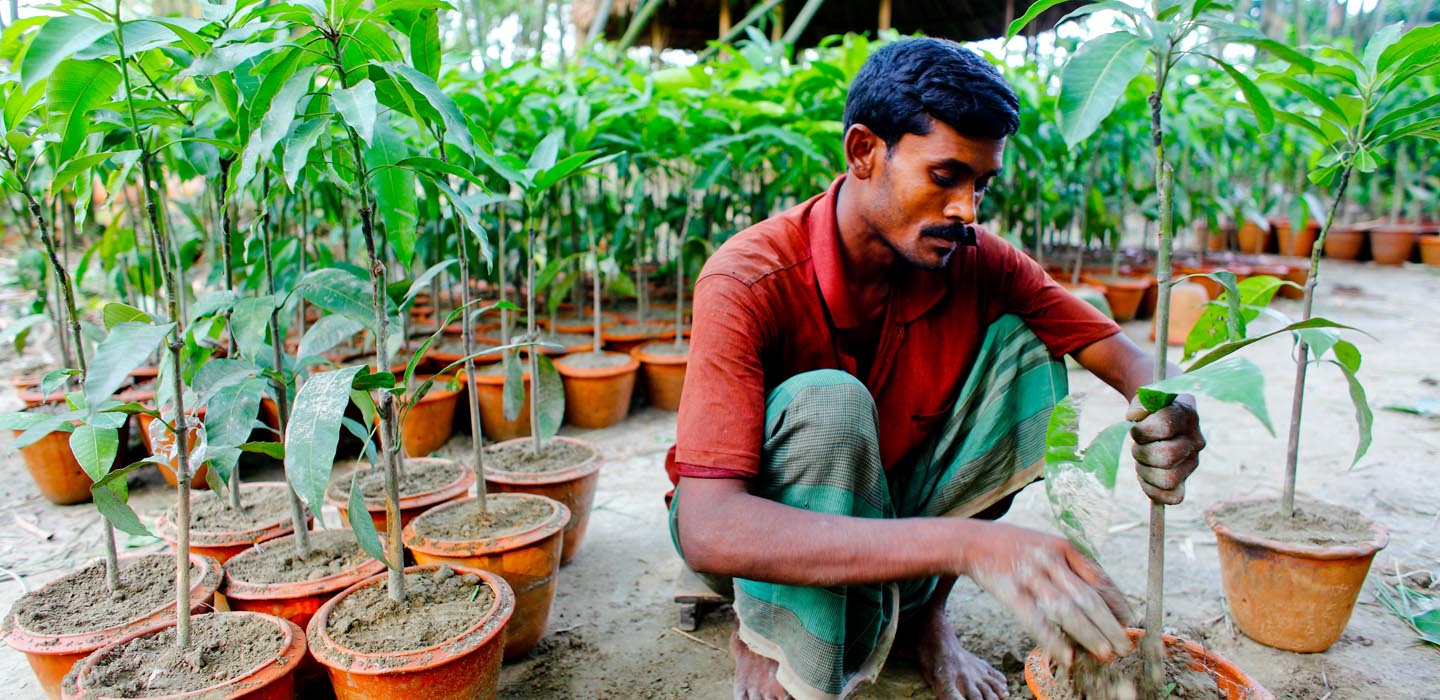Impact
impact - banner

Impact
Impact
Delivering results that change lives
Rural development can be a powerful force for change when it includes and empowers poor rural women and men. Economic growth on its own does not change lives – but investing in the resilience and market participation of small-scale producers can make a lasting difference.
To farm successfully, smallholders need secure access to land and water, affordable electricity, better access to financial services, paved roads and transportation to get their products to market, and access to technology for up-to-date and reliable market information. They also need to be linked to functioning markets so that they have an incentive to invest in improving production. IFAD supports projects that connect poor rural people to markets and services so they can grow more and earn more.
More than that, our projects also transform rural communities economically and socially, and promote gender equality and inclusiveness.
Investments that make a difference
The impact of our investments is wide-ranging. Because of our work:
- families are able to feed themselves and contribute to overall food security
- parents and children have decent nutrition and health
- economic security is created in rural communities
- women, indigenous peoples and other disadvantaged groups are empowered
- young women and men are choosing to build businesses in their rural communities
- rural people are becoming more resilient to climate shocks
Key results
IFAD has a strong focus on results. We measure performance through the results measurement frameworks (RMFs) agreed with Member States in the context of IFAD’s replenishment consultations. Progress is reported annually to the Executive Board and its Evaluation Committee in the Report on IFAD’s Development Effectiveness (RIDE), and the Annual Report on the Independent Evaluation of IFAD (ARIE) produced by the Independent Office of Evaluation of IFAD.
In recent years, IFAD has increasingly strengthened its focus on measuring results. The IFAD11 Impact Assessment broadens the evidence base for measuring IFAD’s impact. Thanks to IFAD’s investments, between 2019 and 2021:
- IFAD reached 112 million people.
- More than 77 million people increased their incomes.
- More than 62 million people expanded their productive capacities.
- More than 64 million people improved their market access.
- Around 38 million people strengthened their resilience.
Learn more about how we evaluate our programmes and measure the impact and effectiveness of our work.
Related publications
Related publications
Research Series Issue 16 - Getting the most out of impact evaluation for learning, reporting and influence
Research Series Issue 7 - Measuring IFAD's Impact
This paper examines the impact of IFAD-supported projects so as to learn lessons for future projects. It analyses the different methods used by IFAD to measure a project's impact, finds that IFAD is improving the well-being of rural people, and recommends that impact assessments be built into future projects from their inception.
Annual report
Annual report
IFAD Annual Report 2022
IFAD’s Annual Report 2022 provides milestones and highlights from IFAD’s work during 2022.